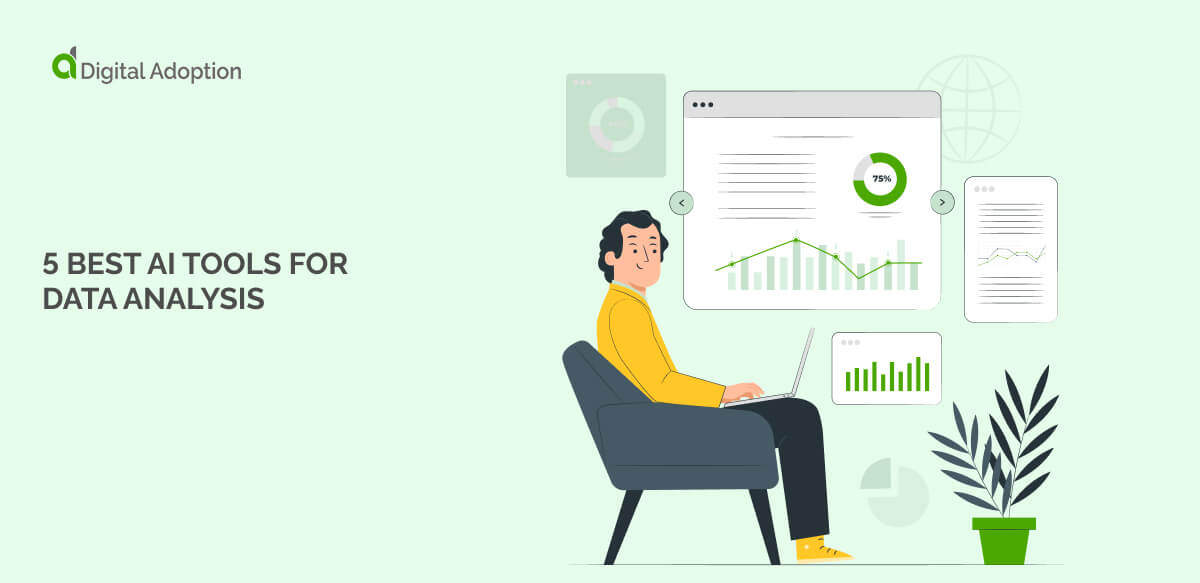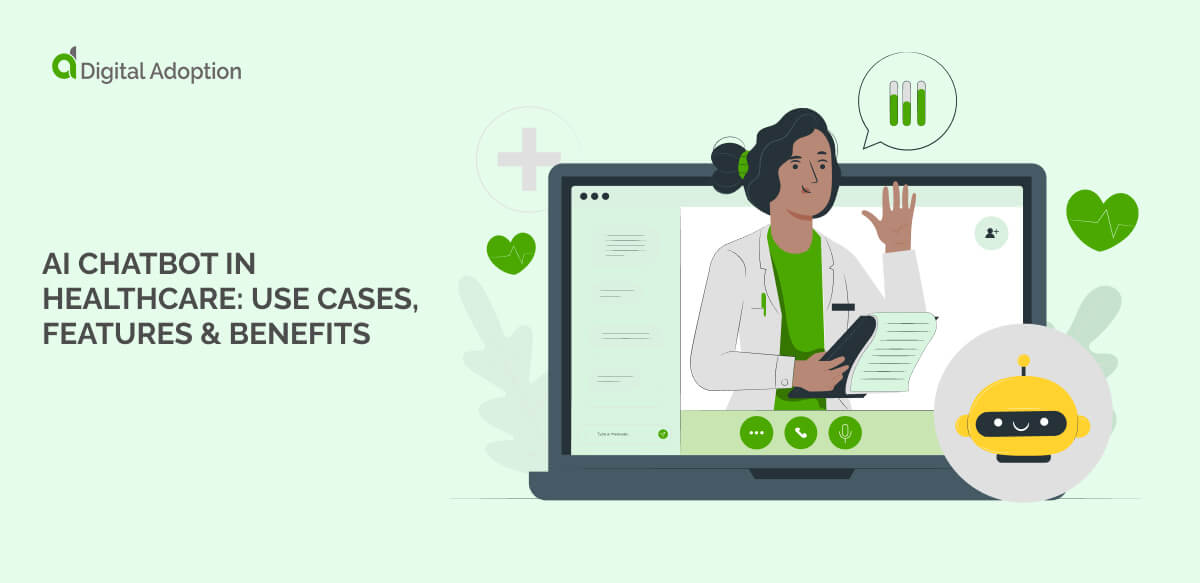What is technology integration?
Technology integration means using digital tools to make things easier and help teams work better together.
This includes using special software to organize tasks, sharing files online, and using tools like emails or chat to talk with coworkers.
When technology is part of the workplace, it helps everyone get their jobs done faster and more efficiently. It means less time spent on repetitive tasks and more time for important work.
By blending technology into our work, businesses can be more competitive and achieve their goals quicker. It’s like having a helper who makes everything smoother and faster.
So, whether organizing files or talking to coworkers, technology integration is about making work simpler and more effective.
Integrating technology is vital for any company to keep up. That’s because worldwide IT spending will grow to $5.06 trillion in 2024, according to the latest figures from Gartner.




